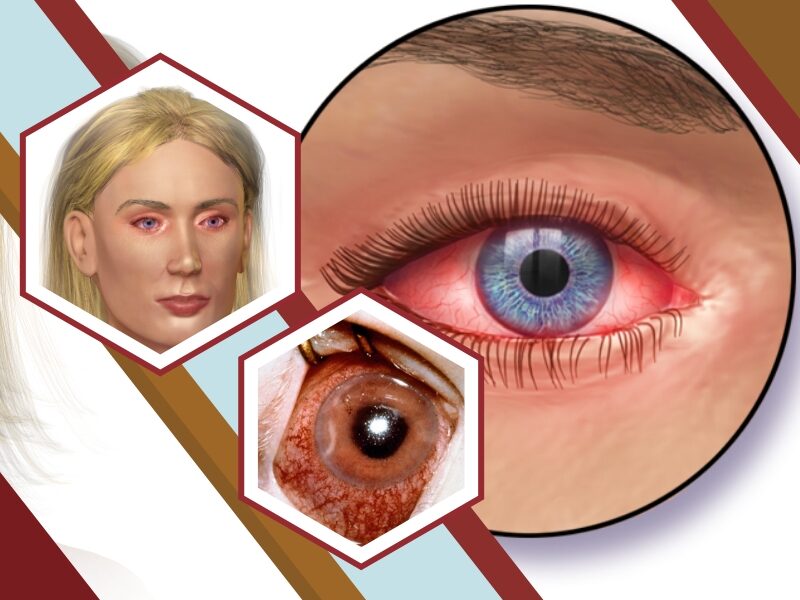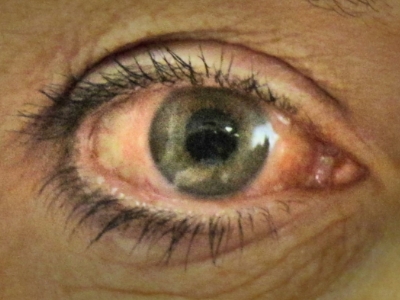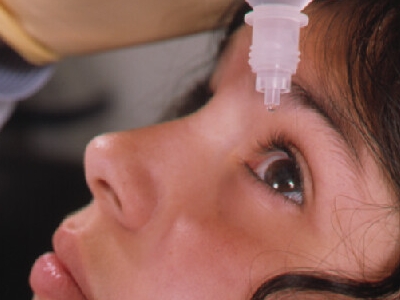Eye Health – All About Intraocular Pressure

Your eyes are filled with fluid that helps keep them inflated like a ball. The normal pressure in the eyes can change during the day and differ from person to person. The fluids drain freely in healthy eyes to keep the eye pressure steady. If your eye pressure is consistently too high or too low, it could be a warning that you may have problems with your vision.
What is Intraocular Pressure?

Intraocular pressure is the medical term for the pressure of the fluid inside your eyes. Your body regulates your intraocular pressure automatically. As your eye creates new aqueous humor, an equal amount of older aqueous humor leaves your eye. Old aqueous humor runs out of your eye through the drainage angle — the spot where your iris meets the sclera.
Having high intraocular pressure is a health condition called ocular hypertension. If it’s not treated, this added stress on the parts inside your eye can damage your optic nerve. Untreated, ocular hypertension can cause glaucoma and make you permanently lose your vision.
Your body automatically adjusts your eye pressure. But certain changes inside your eye can affect your intraocular pressure faster than your body can regulate it, including:
- Your eye is producing too much aqueous humor.
- A blocked drainage angle prevents aqueous humor from leaving your eye.
- Traumas and eye injuries.
- Side effects from some medications, especially corticosteroids.
People with high intraocular pressure have an increased risk of developing glaucoma. Ask an eye care specialist how often you should check your intraocular pressure.
How is Intraocular Pressure Measured?
An eye care specialist will check your intraocular pressure during an eye exam. Intraocular pressure is the amount of pressure or force inside of your eyes. Specifically, it measures the fluid pressure in your aqueous humor.
An eye care specialist will measure your eye pressure with a tonometry test. Tonometry measures the pressure inside of your eye by flattening your cornea. The more force needed to flatten your cornea, the higher your eye pressure is.
The most common type of tonometry is non-contact or air puff tonometry. A machine shoots a brief puff of air against your eye and measures how much your cornea moves. Your eye care specialist might also measure your intraocular pressure by numbing your eye with special drops and pressing a tool against your cornea.
Let’s Talk About The Eye Pressure
Eye pressure is measured in millimeters of mercury, like the way a thermometer measures temperature using mercury. Normal eye pressure is usually between 10 and 20 millimeters of mercury (mmHg). Having eye pressure that’s too low or too high can damage your vision.
Elevated eye pressure with no other symptoms is ocular hypertension. Some people can have higher eye pressure with no damage. Other people may lose vision even if the pressure is normal.
When someone has glaucoma, eye pressure damages the optic nerve. This damage permanently reduces vision. If glaucoma is not treated, it can lead to total blindness.
To treat this type of condition, you can do the following:

An eye care specialist will treat high eye pressure. Which treatment you’ll need depends on how high your intraocular pressure is and what’s causing it. Some treatments include:
- Medication (usually eye drops) decrease fluids and increase drainage in your eye.
- Laser treatment to clear a blocked drainage angle.
- Surgery to relieve pressure inside your eye.
Your eye care specialist will monitor you for signs of glaucoma. They’ll tell you how often you need your eye pressure checked.
Medication used:
- Brimonidine Tartrate – This medication lowers pressure by allowing better fluid drainage from within the eye and reducing the amount of fluid formed in the eye. It is known as an alpha agonist. This drug is not recommended for use in children under two years of age due to an increased risk of serious side effects.



